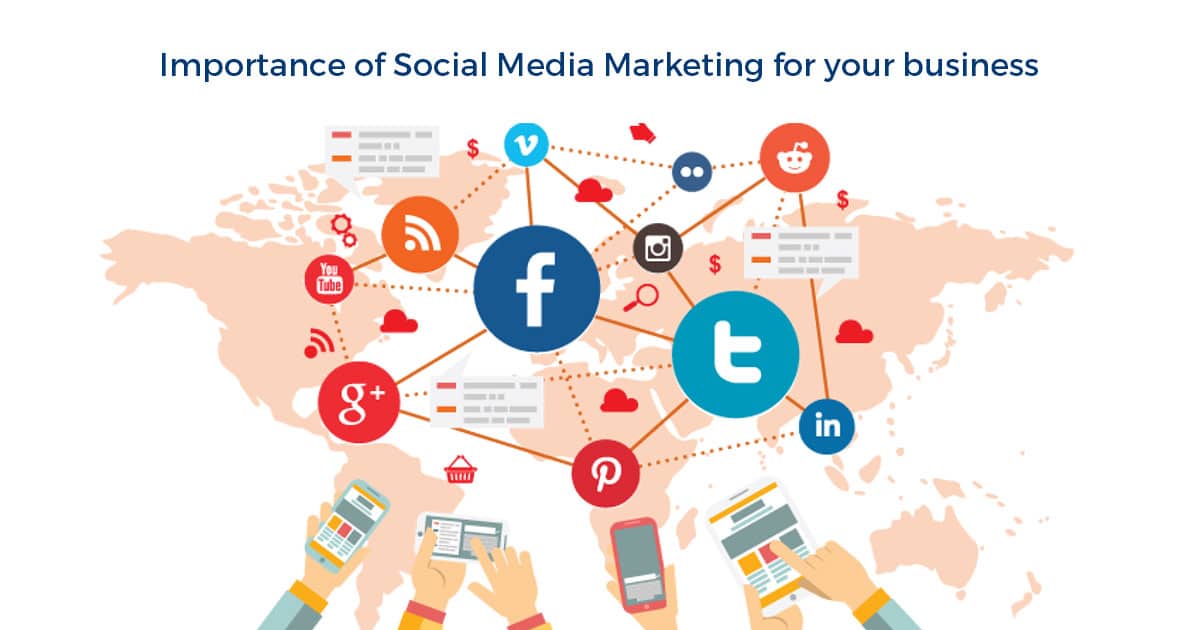
Cost per action is a metric used by digital marketers to measure the effect of advertising campaigns on revenue. It allows them to charge for a particular action, which is essential for goal tracking. It is riskier than other advertising techniques. In addition, it is a simple way to measure results.
Digital marketers measure the revenue impact by using a cost-per-action metric.
Digital marketers use cost per actions to measure effectiveness of their advertising campaigns. It measures the amount of money spent to generate a certain action, such as a click or a purchase. The cost per action can be calculated by comparing the number of clicks generated by various marketing channels. For example, an advertiser might spend $100 to click a website ad 10x. However, if the ad is clicked only twice, then the cost per action would be only $20. Digital marketers find the CPA modeling useful as it allows them to compare marketing channels' cost effectiveness.
Cost per action, or cost per click, is the most common type of cost per act. It measures how much an advertiser needs to pay per impression. Advertisers must pay a minimum amount in order to generate clicks. The amount paid varies depending upon the keyword, search volume, and publishing platform.
The cost-per-action metric, a financial metric that measures an advertising campaign's revenue effect, is called the cost per acquisition metric. Advertisers should monitor their costs per acquisition to help them adapt their strategies. This metric can also be a great indicator of the success of an ad campaign. This metric can be used to determine the success of an ad campaign by generating a sale or downloading.
Return on investment (ROI), is another metric digital marketers use to measure the impact advertising campaigns have. Return on investment measures the revenue generated per dollar of advertising spent. For example, a 100-word ad might generate $700 in revenues.
It allows marketers to set the price for each action
Marketers can use cost per action to calculate the cost for advertising campaigns based upon how many clicks visitors make to reach a landing pages. This type of advertising can be a great way for you to understand the online behavior of your audience. Digital marketers can use cost per click to measure how many times a person has clicked before completing a specific action. This allows them to better understand the buying habits and purchasing patterns of their target audience. The cost per click for a user clicking 350 times before purchasing a product would be seventy three percent. By setting the price of advertising based on cost per action, your marketing team can pay each advertiser for every sale that results from the ad. This also simplifies advertising because the marketing team does not have to pay until the target consumer has completed an action.
This allows digital marketers to personalize their advertising campaigns to reach specific goals. A marketing team might focus on driving leads and sales, instead of generating them, which can result in better campaigns. Cost per action is also helpful for specialized marketing efforts. It also allows marketers to set the price per specific action, which makes it easier for them to focus their efforts on the most effective advertising methods.

Although cost per download can increase the number actions your business generates it is an effective way to do so, you must remember that it can also increase ROI. Unlike PPC or CPM, cost per action is a great way to track the amount of potential customers you can reach. It's not CPC-like, but it still follows the same principles. A marketer is charged for each action that brings them closer to buying a product.
It is more risky than other types of advertising.
Cost per action is a method of online advertising that measures the number of people who take certain actions after clicking on an ad. It is less risky than other advertising techniques, like pay per click, because the advertiser only pays when someone actually completes an action. This could be anything, from a purchase to a submission. However, a low ratio of leads to sales is a negative.
FAQ
Dropshipping: What is it?
Dropshipping means selling directly from your online store without inventory. Amazon fulfils your orders and you simply place the order for the items that you wish to sell. When someone purchases something from your shop, you ship it directly.
There's no need to worry about inventory storage or shipping costs. Focus on your customers and sales growth.
This is an excellent option if you have already run a successful eCommerce business. You can also use dropshipping to create passive income by running ads on your site.
Affiliate marketing is a great way to make money.
Affiliate marketing is one way to make easy money online. It doesn't take much to make money online. You must sign up for an affiliate program, find a product or service you like, promote it, and get paid once someone buys from you.
If you wish, you can market multiple products simultaneously. Only to promote products you know something about.
What is the main difference between web hosting, cloud hosting, and other hosting options?
Web hosting means that data is stored on servers located at a given location. Cloud hosting allows data to be stored in remote servers via the internet.
How can I make money online but not invest?
Although I have answered this question before, it is still pertinent today.
You can make money online without having to invest any money.
It requires dedication and hardwork.
Here are some tips:
-
Sell Your Product - This is probably one of the easiest ways to make money online without spending any money.
-
Freelance Writing - Many people are willing to pay for quality content. So why not write articles for other businesses and earn extra cash?
-
Create Websites - Creating websites isn't difficult, and it doesn't require any technical knowledge.
-
Start A Blog – Another easy way to make some money online is by starting a blog. It's relatively inexpensive to set up and maintain.
-
Social media offers many opportunities for influencers. Instagram, Facebook (and Twitter), Snapchat, YouTube, Pinterest and LinkedIn are some of the options available to you to create a following or monetize your audience.
-
Offer Consulting Services – If you are certain of your goals, you might be able offer to provide consulting services to help clients realize them.
-
Teach English Abroad- This is a popular option if you want to travel while also earning money.
-
Write Articles – Some bloggers make a living writing articles.
-
Sell Products on eBay: Another great way online to make some extra cash is to sell products via eBay.
-
You can get paid to participate in surveys. You can get these offers even without buying anything.
-
Earn Money at Home - There are many companies that offer jobs for individuals who can do basic tasks like customer service or data entry.
-
Do you have the skills to do virtual assistant work? Consider becoming a virtual assistant.
There are many options for making money online. They do require some time and effort.
Consider other options if your time and energy are limited.
This article should have helped you understand how to make a living online.
Please share this article with anyone that might find it valuable.
Statistics
- Backlinko found that the #1 organic result is 10 times more likely to receive a click compared to a page in spot #10. (shopify.com)
- BigCommerce affiliate program , you receive a 200% bounty per referral and $1,500 per Enterprise referral, with no cap on commissions. (bigcommerce.com)
- According to research by Marketo, multimedia texts have a 15% higher click-through rate (CTR) and increase campaign opt-ins by 20%. (shopify.com)
- One of the most well known sites is the Amazon affiliate program, Amazon Associates , which boasts the largest market share of affiliate networks (46.15%). (bigcommerce.com)
- A recent study by Mediakix revealed that 80% of marketers find influencer marketing effective. (shopify.com)
External Links
How To
Affiliate marketing: The pros and cons
Affiliate marketing is a performance-based marketing strategy where affiliates are paid by advertisers for directing traffic to their sites. Pay-per-click (PPC) is the most popular form of affiliate marketing. Other forms of affiliate marketing include cost per action, cost per lead (CPL), or cost per sale (CPS).
Affiliates need not have any specific skills or knowledge to make sales. They just need a website, some promotional material, and a few other tools. However, there are many disadvantages of affiliate marketing as well. To make money with affiliate marketing, you need to attract many people to your site. You will also need to devote time creating content and marketing your site. Another disadvantage is that affiliate programs often require much work to set up and maintain. This means that most affiliates start small before expanding into full-time companies.
Pros:
-
It is easy to get started, and there is no upfront investment.
-
No long-term commitment.
-
Low risk
-
Easy to scale
-
Can be used even by complete beginners.
-
There is no need to be familiar with the business model.
-
It can be used to create a passive income stream.
-
Customer support is not something you need to worry about.
-
It makes it possible to set up a flexible work schedule.
-
You can work wherever you are.
Cons:
-
It takes some time to grow.
-
It may be difficult for you to compete with larger companies.
-
It takes patience.
-
It is not right for all.
-
You cannot control the quality of the products you promote.
-
It can be difficult to measure the results.
-
It can be expensive to run if your don't understand what you're doing
Affiliate marketing is a great method to make online money. Affiliate marketing is an easy way to make money online. However, it can be difficult to do well. These posts provide more information about affiliate marketing.